01
ALLE products undergo HYDROSYNTHESISTM by harnessing the natural energy of water, be it in the form of atmospheric moisture or liquid, to form permanent chemical bonds. As a result, ALLE products are versatile in different application temperatures, humidity, and conditions.

Learn more about our new HYDROSYNTHESISTM technology.


02
Products which cure via HYDROSYNTHESISTM are safe as they do not utilize hazardous chemicals, nor do they release any harmful chemicals to the environment.
Designs chemical products and processes to reduce their intrinsic hazards.

Lessens and sometimes eliminates hazard from existing products and processes.

Reduces the negative impacts of chemical products and processes on human health and the environment.

Results in source reduction because it prevents the generation of pollution.

Applies innovative scientific solutions to real-world environmental problems.

Is a philosophy that applies to all areas of chemistry, not a single discipline of chemistry.

Prevents pollution at the molecular level.

Green chemistry:

Green Chemistry is the design of chemical products and processes that reduce or eliminate the use or generation of hazardous substances. Green chemistry applies across the life cycle of a chemical product, including its design, manufacture, use, and ultimate disposal.
Definition of Green Chemistry
If a technology reduces or eliminates the hazardous chemicals used to clean up environmental contaminants, this technology would qualify as a green chemistry technology. One example is replacing a hazardous sorbent [chemical] used to capture mercury from the air for safe disposal with an effective, but nonhazardous sorbent. Using the nonhazardous sorbent means that the hazardous sorbent is never manufactured and so the remediation technology meets the definition of green chemistry.
Remediation removes hazardous materials from the environment; on the other hand, green chemistry keeps the hazardous materials out of the environment in the first place.
Green chemistry reduces pollution at its source by minimizing or eliminating the hazards of chemical feedstocks, reagents, solvents and products. This is unlike cleaning up pollution (also called remediation), which involves treating waste streams (end-of-the-pipe treatment) or cleanup of environmental spills and other releases. Remediation may include separating hazardous chemicals from other materials, then treating them so they are no longer hazardous or concentrating them for safe disposal. Most remediation activities do not involve green chemistry.
How green chemistry differs from cleaning up pollution.
These principles demonstrate the breadth of the concept of green chemistry.
Green
Chemistry's
12 principles.

© Copyright ALLETM Chemie Sdn Bhd
Alle Chemie Sdn Bhd (1434919-W)
56 Jalan 6/2, Bandar Rinching Seksyen 6, 43500 Semenyih, Selangor, MALAYSIA.
ALLE is a brand of eco-friendly sealants, adhesive, performance coatings and specialty chemicals. All our products have been developed using HYDROSYNTHESISTM - our core technology based on the principles of Green Chemistry.

Building with
Green Chemistry.


